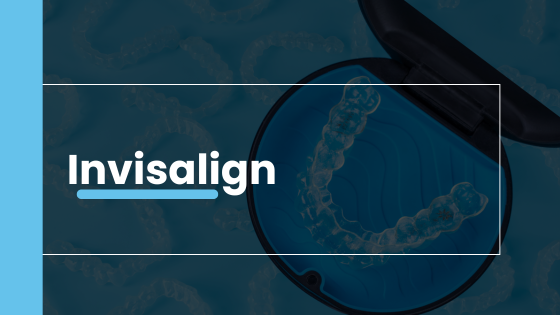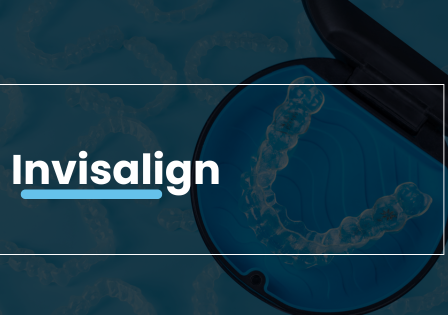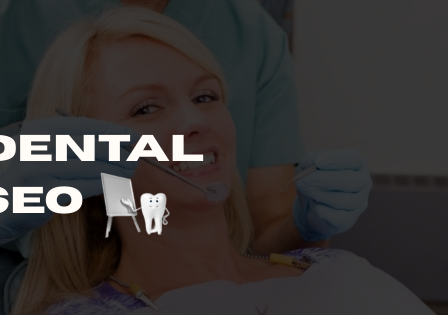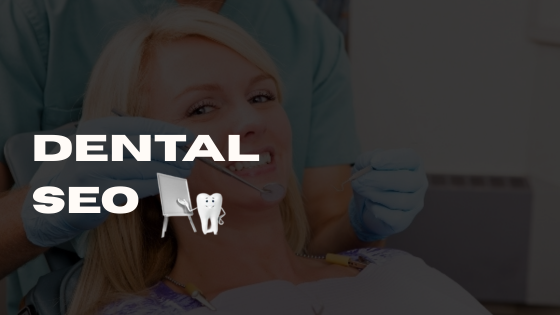For decades, traditional metal braces were the go-to solution for correcting misaligned teeth. While effective, they came with a host of drawbacks—visible wires, dietary restrictions, and frequent adjustments. Then came Invisalign, a revolutionary approach that transformed the orthodontic experience. Invisalign offers a discreet, comfortable, and highly customized way to straighten teeth using clear aligners instead of brackets and wires. It’s not just a cosmetic upgrade—it’s a complete rethinking of how orthodontic care can fit into modern life.
How Invisalign Works
Invisalign uses a series of custom-made, transparent plastic trays that gradually shift your teeth into their ideal position. These trays are designed using advanced 3D imaging technology, which maps out the entire treatment plan from start to finish. Each aligner is worn for about one to two weeks before moving on to the next in the series. The changes are incremental, but the results are dramatic.
Unlike traditional braces, Invisalign aligners are removable. That means you can eat, brush, and floss without interference. There are no wires to poke your cheeks or brackets to trap food. The aligners are smooth, nearly invisible, and tailored to your unique dental structure. This makes Invisalign especially appealing to adults and teens who want to improve their smile without drawing attention to the process.
Who Is a Good Candidate for Invisalign?
Invisalign is suitable for a wide range of orthodontic issues, including crowding, spacing, overbites, underbites, and crossbites. However, it’s not a one-size-fits-all solution. The severity of the misalignment and the patient’s commitment to wearing the aligners consistently play a big role in determining success.
Patients who are disciplined about wearing their aligners for 20 to 22 hours a day typically see the best results. Because the trays are removable, there’s a temptation to take them out more often than recommended. That’s why Invisalign works best for individuals who are motivated and understand the importance of compliance.
Teens and adults alike benefit from Invisalign’s flexibility. For professionals who speak publicly or attend frequent meetings, the discreet nature of the aligners is a major advantage. For teens, Invisalign offers a less intrusive alternative to metal braces, often with fewer office visits and less discomfort.
The Treatment Process
The Invisalign journey begins with a consultation. Your dentist or orthodontist will evaluate your teeth, take digital scans, and create a customized treatment plan. This plan outlines how each tooth will move and how long the process will take. Most treatments last between 6 and 18 months, depending on complexity.
Once the aligners are fabricated, you’ll receive several sets at a time. You’ll wear each set for the prescribed duration, only removing them to eat, drink (except water), and clean your teeth. Regular check-ins—usually every 6 to 8 weeks—allow your provider to monitor progress and make any necessary adjustments.
Throughout the process, you’ll see gradual changes in your smile. Because the aligners are clear, most people won’t even notice you’re wearing them. And because they’re custom-fitted, they’re generally more comfortable than traditional braces.

Benefits Beyond Aesthetics
While Invisalign is often associated with cosmetic improvements, the benefits go far deeper. Properly aligned teeth are easier to clean, reducing the risk of cavities and gum disease. A balanced bite can alleviate jaw pain, reduce wear on enamel, and improve overall oral function. In many cases, Invisalign isn’t just about looking better—it’s about feeling better and preserving long-term dental health.
Patients also appreciate the lifestyle advantages. There are no food restrictions, no emergency visits for broken wires, and no painful tightening sessions. The aligners are easy to clean and maintain, and they fit seamlessly into daily routines.
Choosing the Right Provider
Not all Invisalign providers are created equal. Experience, training, and technology play a big role in treatment outcomes. That’s why it’s important to choose a dentist who specializes in Invisalign and has a track record of successful cases.
In Hillsboro, Oregon, Hillsboro Dental Excellence is one of the region’s leading Invisalign providers. Led by Dr. Geoffrey Skinner—recognized as Invisalign Doctor of the Year—the clinic combines advanced imaging technology with personalized care to deliver exceptional results. Patients consistently praise the team’s attention to detail, clear communication, and commitment to comfort. Whether you’re considering Invisalign for cosmetic reasons or functional improvements, Hillsboro Dental Excellence offers the expertise and support to guide you through every step.
What to Expect After Treatment
Once your Invisalign treatment is complete, you’ll likely be fitted with a retainer to maintain your new smile. Teeth naturally want to shift back to their original positions, so wearing a retainer—especially at night—is essential for preserving results. Your provider will give you a customized plan for post-treatment care, including how often to wear your retainer and when to schedule follow-up visits.
The transformation isn’t just physical. Many patients report increased confidence, improved self-esteem, and a greater willingness to smile. Invisalign doesn’t just straighten teeth—it changes how people feel about themselves.
Conclusion: A Clear Path to a Better Smile
Invisalign has redefined what orthodontic treatment can be. It’s discreet, effective, and tailored to the needs of modern patients. Whether you’re dealing with minor crowding or more complex alignment issues, Invisalign offers a solution that fits your lifestyle without compromising results.
Choosing the right provider is key, and in Hillsboro, Hillsboro Dental Excellence stands out for its expertise and patient-centered approach. With the right guidance and commitment, Invisalign can deliver not just a straighter smile—but a healthier, more confident you.


